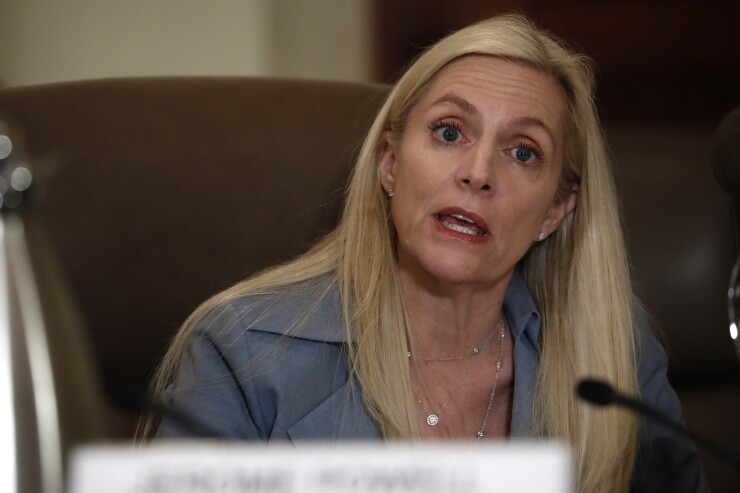WASHINGTON—The Federal Reserve voted Wednesday to keep the countercyclical capital buffer at its current level of zero, ending some speculation that the board could be looking at a possible increase.
The countercyclical capital buffer — often called the CCyB — is a 2016 Basel III-related rule that allows the Fed to require banks with more than $250 billion in assets or $10 billion in nonbank liabilities to hold additional capital while economic conditions are robust to counteract the elevated potential for riskier lending and offset the potential losses that might come from those riskier activities
Though it has never been deployed, Fed Gov. Lael Brainard has

“History suggests that we should not expect the market to provide incentives for banks to build the necessary buffers when times are good; the essence of the cycle is that market sentiment become overconfident precisely when risk is actually highest,” Brainard said in December. “One of the roles for independent regulatory bodies such as the Federal Reserve is to serve as a counterweight.”
Federal Reserve Chairman Jerome Powell said in December that he was open to
“That’s a tool that I am absolutely willing to use and happy to use at such a time as that test is met,” Powell said.
Other voting members, however, have expressed concern that imposing the CCyB would actually
In November, Federal Reserve Vice Chairman for Supervision Randal Quarles said that he doesn’t view the CCyB as a “macroeconomic damper” for cooling a hot economy, but rather is designed to be implemented “when we think financial stability risks are meaningfully above normal.”





